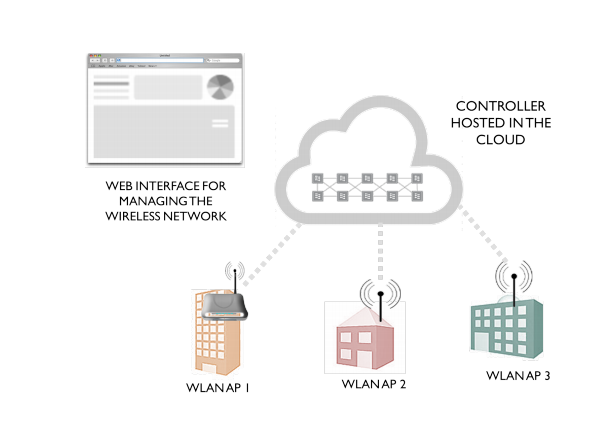Node-Based Distributed Channel Access With Enhanced Delay Characteristics
Objective
The objective of this project is we show analytically and via simulations that NB-CSMA outperforms conventional link-based CSMA in terms of delay for any fixed-size network. We also characterize the fraction of the capacity region for which the average queue lengths (and the average delay) grow polynomial in the size of the network, for networks with bounded-degree conflict graphs. This fraction is no smaller than the fraction known for link-based CSMA, and is significantly larger for a special class of wireless ad-hoc networks.
Abstract
Recent studies in wireless scheduling have shown that carrier-sense multiple access (CSMA) can be made throughput optimal by optimizing over activation rates. However, those throughput optimal CSMA algorithms were found to suffer from poor delay performance, especially at high throughputs where the delay can potentially grow exponentially in the size of the network. Motivated by these shortcomings, in this project we propose a node-based version of the throughput optimal CSMA (NB-CSMA) as opposed to traditional link-based CSMA algorithms, where links were treated as separate entities. Our algorithm is fully distributed and corresponds to glibber dynamics with “Block updates”.
We show analytically and via simulations that NB-CSMA outperforms conventional link-based CSMA in terms of delay for any fixed-size network. We also characterize the fraction of the capacity region for which the average queue lengths (and the average delay) grow polynomial in the size of the network, for networks with bounded-degree conflict graphs.
This fraction is no smaller than the fraction known for link-based CSMA, and is significantly larger for many instances of practical wireless ad-hoc networks. Finally, we restrict our focus to the special case of collocated networks, analyze the mean starvation time using a Markov chain with rewards framework and use the results to quantitatively demonstrate the improvement of NB-CSMA over the baseline link-based algorithm.
Keywords: Wireless Networking, Carrier-Sense Multiple Access (CSMA), Scheduling, Starvation, Delay Performance.
NOTE: Without the concern of our team, please don't submit to the college. This Abstract varies based on student requirements.
Block Diagram

Specifications
HARDWARE SPECIFICATIONS:
System: Pentium IV 2.4 GHz.
Hard Disk: 40 GB.
Floppy Drive: 1.44 Mb.
Monitor: 15 VGA Colour.
Mouse : Logitech.
Ram: 512 Mb.
SOFTWARE SPECIFICATIONS:
Operating system: Windows XP/7/LINUX.
Implementation: NS2
NS2 Version: NS2.2.34
Front End: OTCL (Object Oriented Tool Command Language)
Tool: Fedora (To simulate in Linux OS)
Learning Outcomes
- What is Tomcat server and how they can work?
- What is carrier-sense multiple access?
- What is Wireless Networking?
- What is Network Scheduling?
- What is Network Delay Performances?
- What type of technology versions is used?
- Data Parsing Front-End to Back-End.
- Need of Eclipse-IDE to develop a web application.
- Working Procedure.
- Testing Techniques.
- Error Correction mechanisms.
- How to run and deploy the applications?
- Introduction to basic technologies used for.
- How project works?
- Input and Output modules.
- How to test the project based on user inputs and observe the output?
- Practical exposure to software tools and solution providing for real time problems working with team/ individual work on Creative ideas.
- Learn about types of algorithms and how to use?
- Project Development Skills:
- Problem analysing skills.
- Problem solving skills.
- Creativity and imaginary skills.
- Programming skills.
- Deployment.
- Testing skills.
- Debugging skills.
- Project presentation skills.
- Thesis writing skills.





 Paper Publishing
Paper Publishing
